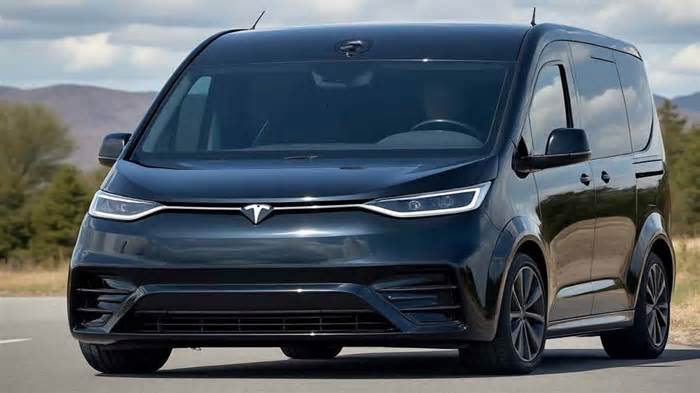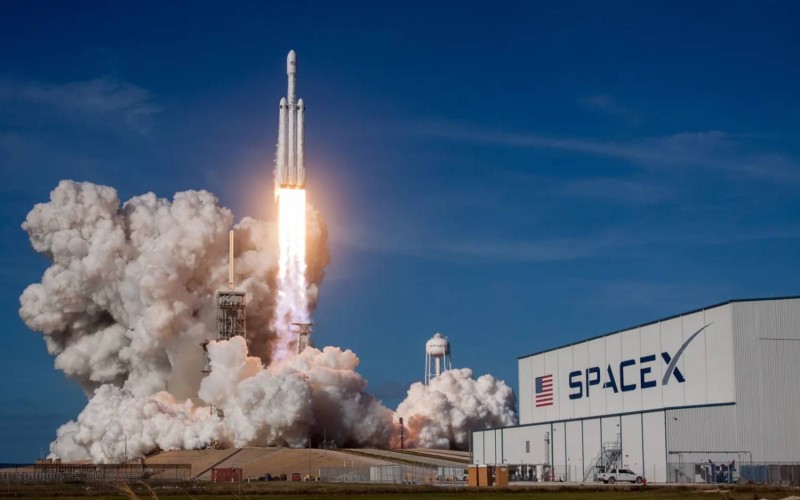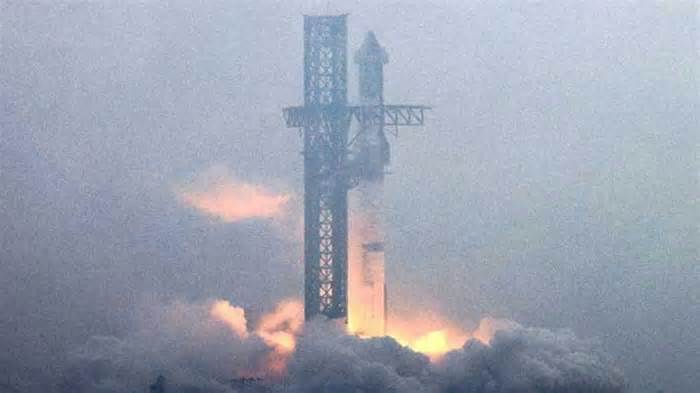
Elon Musk teams up with India for a groundbreaking satellite launch – Find out more!
- by Indiatimes
- Nov 17, 2024
- 0 Comments
- 0 Likes Flag 0 Of 5

Last Updated: Nov 17, 2024, 07:30:00 PM IST
Rate Story Synopsis
India will launch its largest communication satellite, Gsat-20, using SpaceX's Falcon-9 rocket. The satellite, weighing 4,700 kg, exceeds the capacity of India's current launch vehicle. SpaceX was chosen due to the unavailability of Arianespace and the ongoing conflict with Russia. Gsat-20 will enhance India's communication infrastructure, supporting initiatives like Smart City and in-flight internet connectivity.
Agencies
Elon Musk, who helped Donald Trump win the US presidency, will now provide India with financial support. Gsat-20, one of India's biggest communication satellites, will be launched by Musk's SpaceX, an American space business. It weighs 4,700 kg.
Often referred to as "Bahubali" or "Fat Boy," Isro's heavy lifter LVM-3 is capable of launching satellites up to four tonnes into the geostationary transfer orbit (GTO). Isro is requesting assistance from SpaceX to launch its satellite using its heavy-lifter Falcon-9 rocket, which can deliver payloads of 8.3 tonnes or 8300 kg to GTO, because Gsat-20 weighs more than four tonnes.
For the launch of its bigger satellites, Isro had previously relied on Arianespace; however, the European space rocket currently lacked commercial slots for the Gsat-20 launch. This is due to the fact that commercial satellite slots for the next launches of Arianespace's successor Ariane-6 have already been reserved, and the company's Ariane-5 rocket retired last year. SpaceX is the only dependable choice for India because China's commercial services are never taken into consideration by India and Russia is involved in the conflict in Ukraine.
The commercial division of Isro, New Space India Ltd., is responsible for funding, owning, and operating the GSAT-20, also known as the GSAT N-2, which is a continuation of the Gsat series of communication satellites. With a 14-year mission life, the satellite contains a Ka-band high-throughput communications payload with a throughput of 70 Gbit/s using 40 beams, providing an HTS capacity of around 48 Gpbs. Since each beam will have two polarizations, there will be 80 beams total.
The satellite is meant to increase the communication infrastructure's capacity for data transmission, which is necessary for the Union government's Smart City initiative. Additionally, it will facilitate internet connectivity while in flight. Due to the satellite's 700 kg weight, the original plan was to launch it on an Isro LVM-3 rocket, but the Falcon-9 was ultimately chosen instead.
Web Development
Please first to comment
Related Post
Stay Connected
Tweets by elonmuskTo get the latest tweets please make sure you are logged in on X on this browser.
Sponsored
Popular Post
Tesla: Buy This Dip, Energy Growth And Margin Recovery Are Vastly Underappreciated
28 ViewsJul 29 ,2024






 Energy
Energy



















